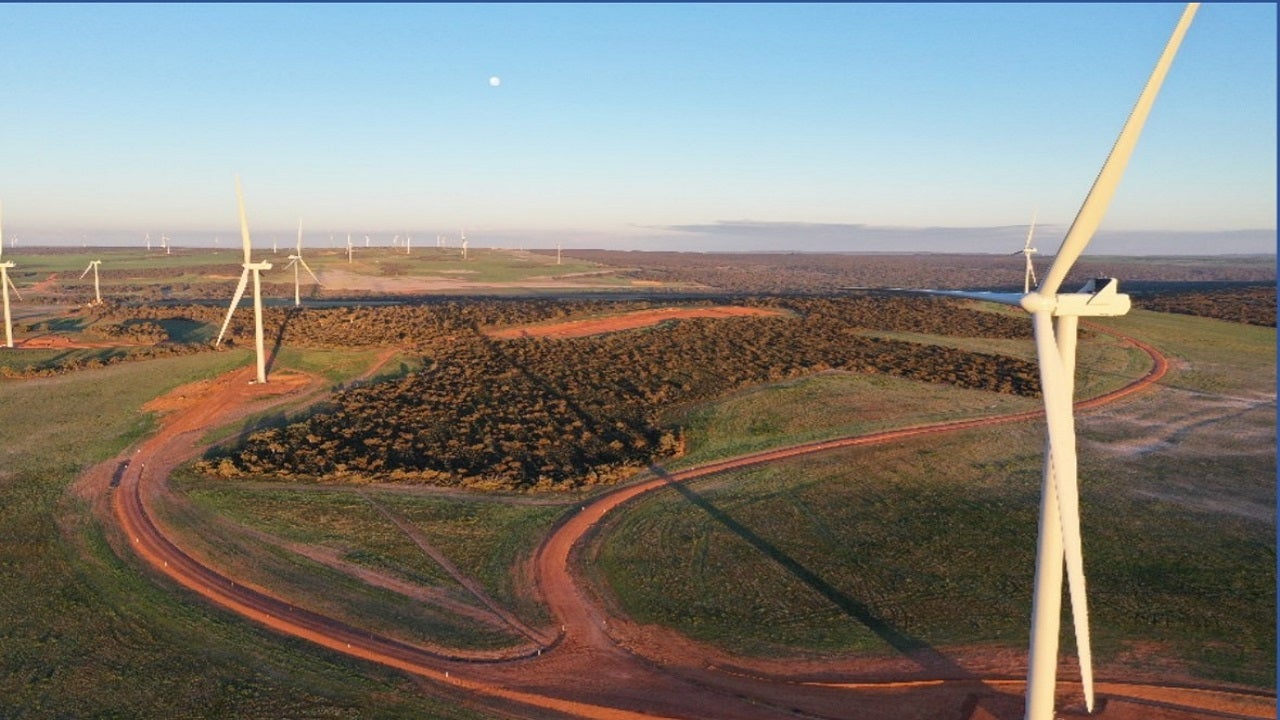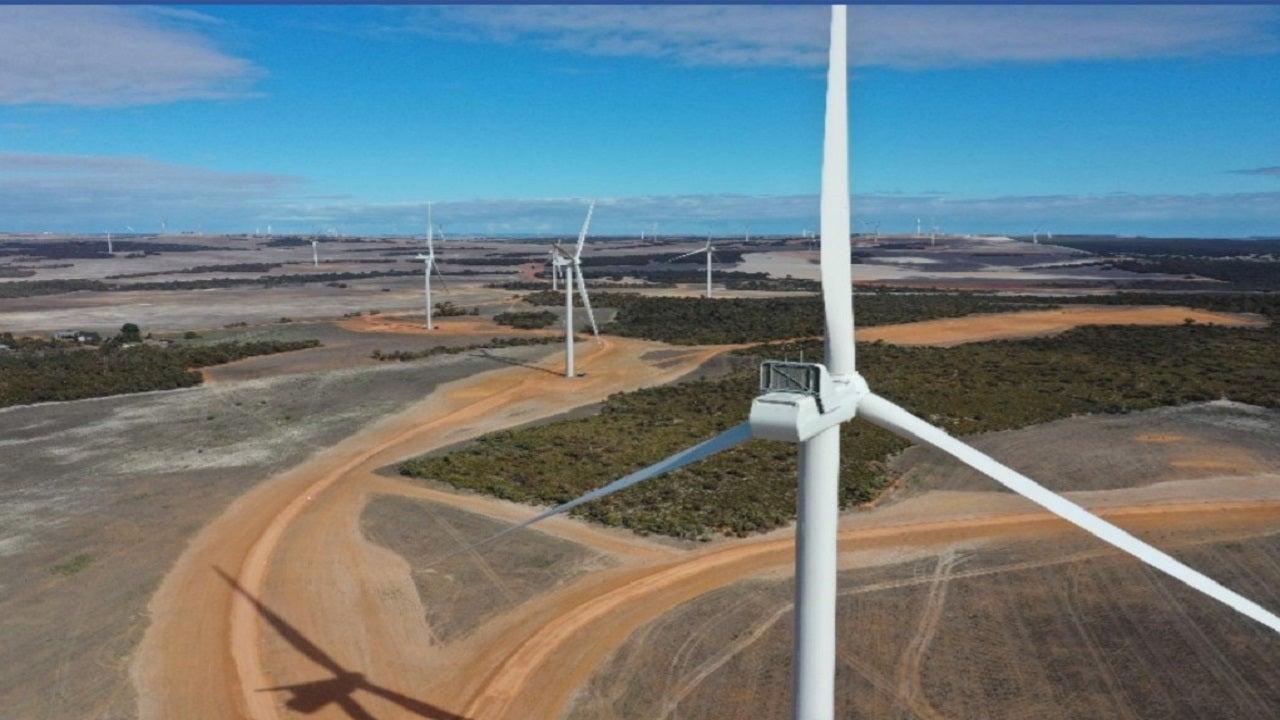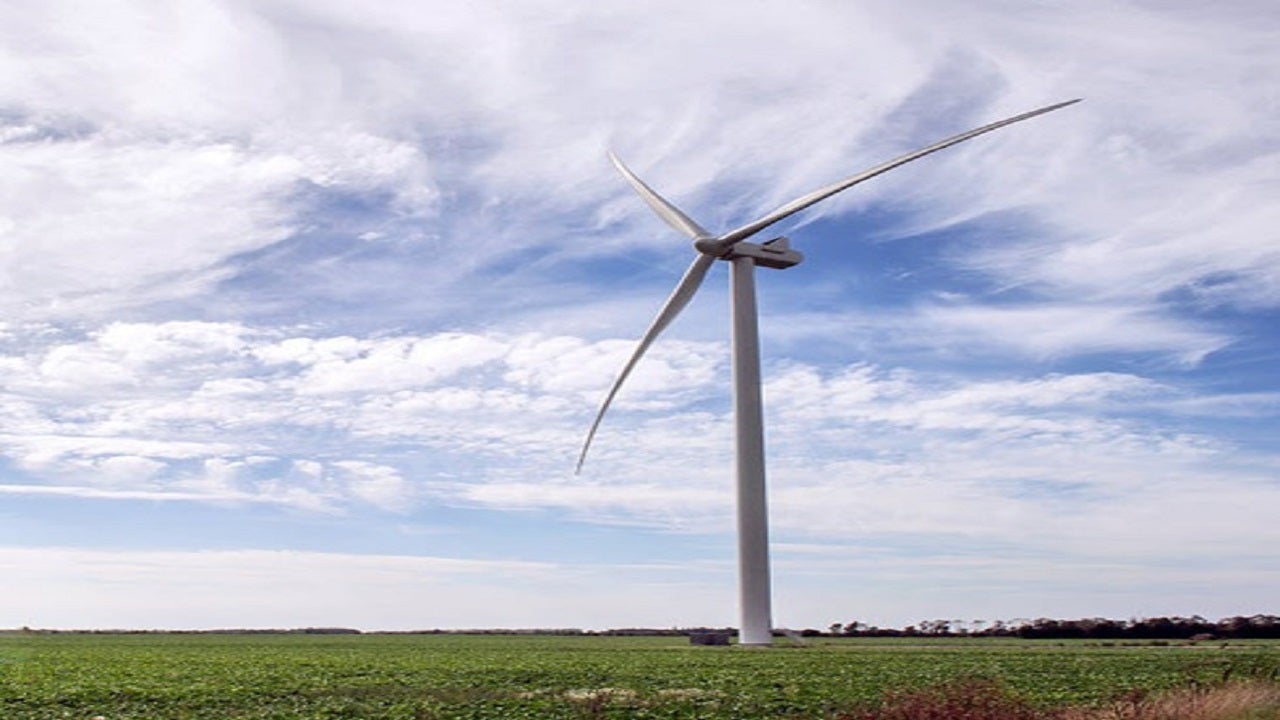The 180MW Warradarge wind farm is the third biggest wind farm in Western Australia.
The wind farm has a 50% capacity factor and will produce sufficient electricity to power 135,000 West Australian households. It is owned by Bright Energy Investments (BEI), a joint venture between Western Australian state-owned utility Synergy, investment fund Dutch Infrastructure Fund (DIF), and Construction and Building Unions Superannuation (Cbus). Warradarge wind farm joins the BEI portfolio of the Albany Grasmere wind farm and the Greenough River solar farm, both located in Western Australia.
Warradarge wind farm was officially opened in October 2020 and is expected to achieve its full generating capacity by the end of 2020. It exports electricity to the South West Interconnected System (SWIS), an electricity grid in the southwestern part of Western Australia.
Synergy will purchase all electricity and renewable certificates from the wind farm project to meet its 2020 large-scale renewable energy target (LRET) obligations.
The project created more than 200 jobs during the construction phase and will employ up to ten people during its operational phase.
Warradarge wind farm location
Warradarge wind farm is located on a 3,800ha site near the town of Eneabba in the Mid West region of Western Australia.
It is situated 15km north-east of Warradarge, 40km south-west of Carnamah, and 200km away from the city of Geraldton.
The location was selected based on the wind conditions of the region and its proximity to the 330kV SWIS transmission line.
Warradarge wind farm details
Warradarge wind farm includes 51 Vestas V136-3.45MW turbines, which are one of the largest in the state. Each turbine weighs 181t and integrates three sections, the turbine blades, tower, and turbine nacelles. Installed with 67m-long blades, the turbines have a tip height of 152m.
The V136-3.45MW turbines with hub heights of 84m feature a 3.6MW power optimised mode.
The turbines can produce power at wind speeds of 3m/s to 27m/s and can withstand wind speeds up to 150km/h. The blades are designed to automatically pitch into the wind to slow down the turbines during high winds.
Construction and installation works
For turbine installation, 51 foundations with 480m³ of concrete were poured. A 10km transmission line was constructed to connect the wind farm substation to the existing 330kV SWIS transmission line from Neerabup to Three Springs, along with a new terminal station at Eneabba.
A total of 153 turbine blades, 153 tower sections, and 51 turbine nacelles were installed prior to the commissioning. Other works at the site included the construction of 55km of new gravel roads, a switch room, and laying of 117km of underground 33kV electrical cabling.
Supporting ancillary equipment include local power reticulation, high-voltage transformers and associated protection equipment on the licence area.
Contractors involved
The turbines were constructed and supplied by Vestas under an engineering, procurement and construction (EPC) contract while Decmil was appointed by Vestas for the civil construction and balance of the plant works as part of a A$72m ($50.64m) contract.
Vestas is also the operations and maintenance contractor for plant operations. It will provide service according to a 30-year active output management 5000 (AOM 5000) agreement to maximise energy production during the project life. The yield-based availability guarantee contract covers the turbines along with the balance of plant assets.
Synergy Renewable Energy Developments, on behalf of Bright Energy Investments, is responsible for providing asset management services to the facility.
Western Power constructed the transmission line near Eneabba, along with the new terminal station.
White & Case advised the senior lenders to Bright Energy Investments on project financing. Herbert Smith Freehills advised Synergy on the development and financing of the wind farm, while Deloitte and Macquarie Capital provided tax and accounting support and financial advisory services respectively.
DIF was advised by Ironstone Capital and King & Wood Mallesons, and Cbus was advised by Tetris Capital.






